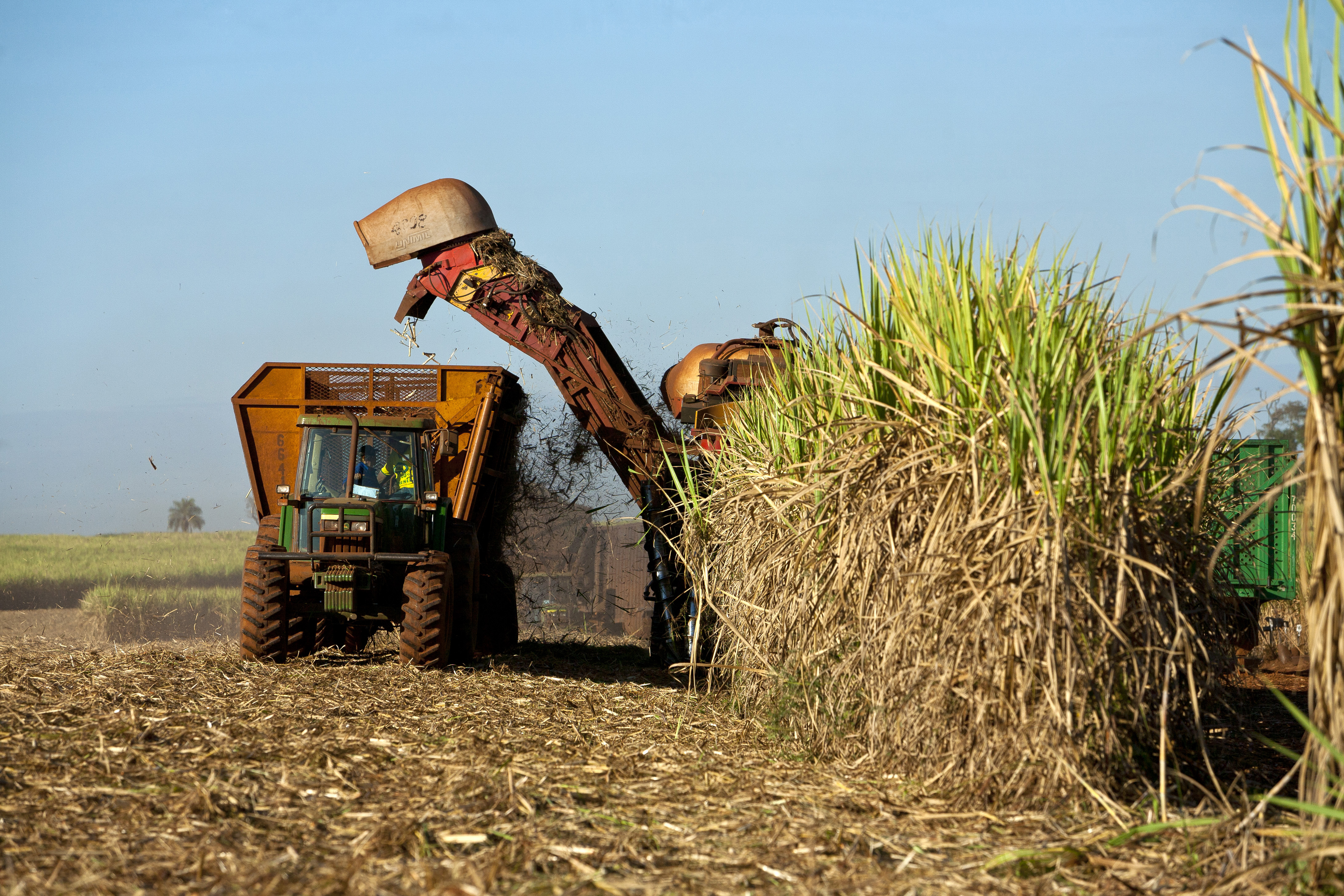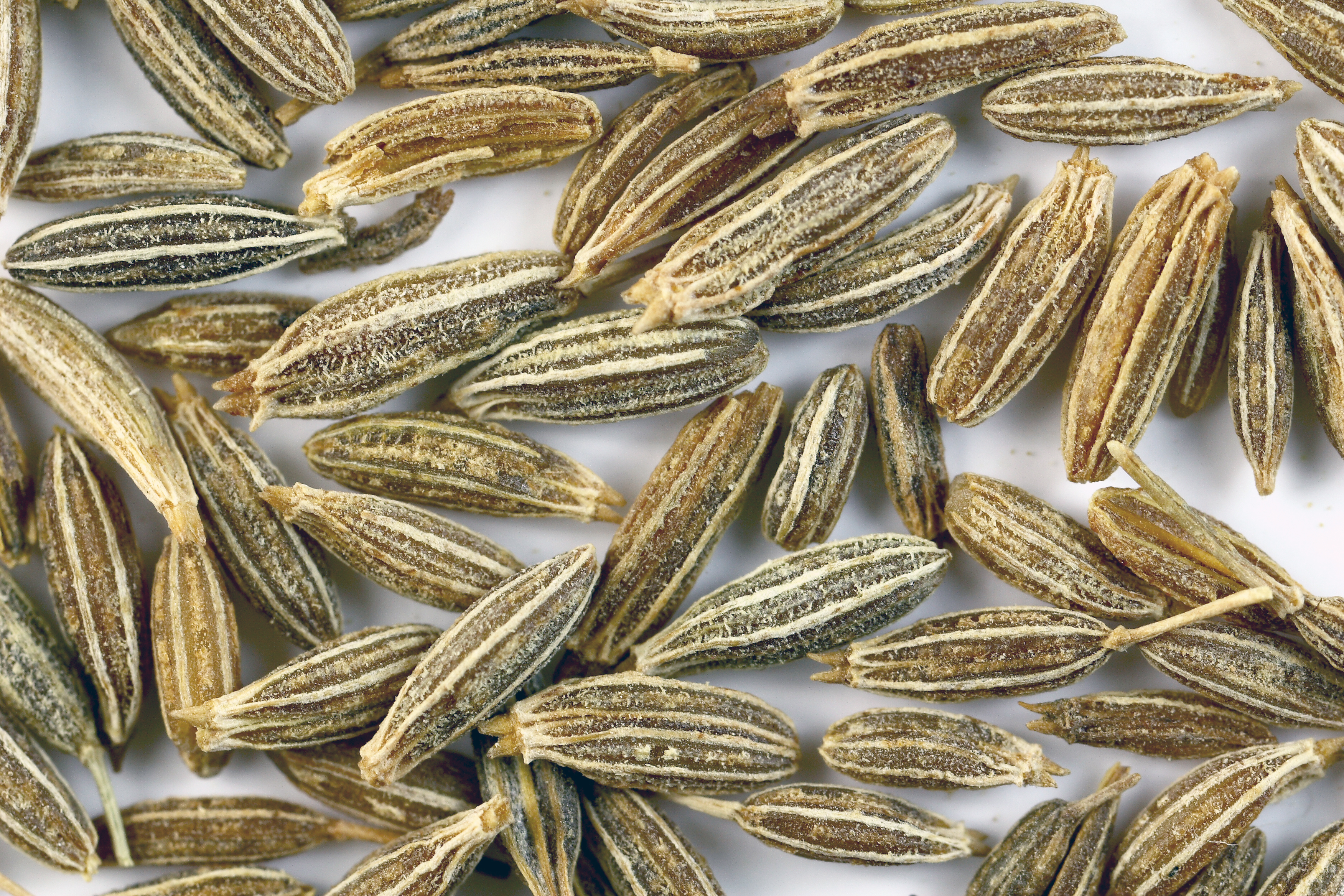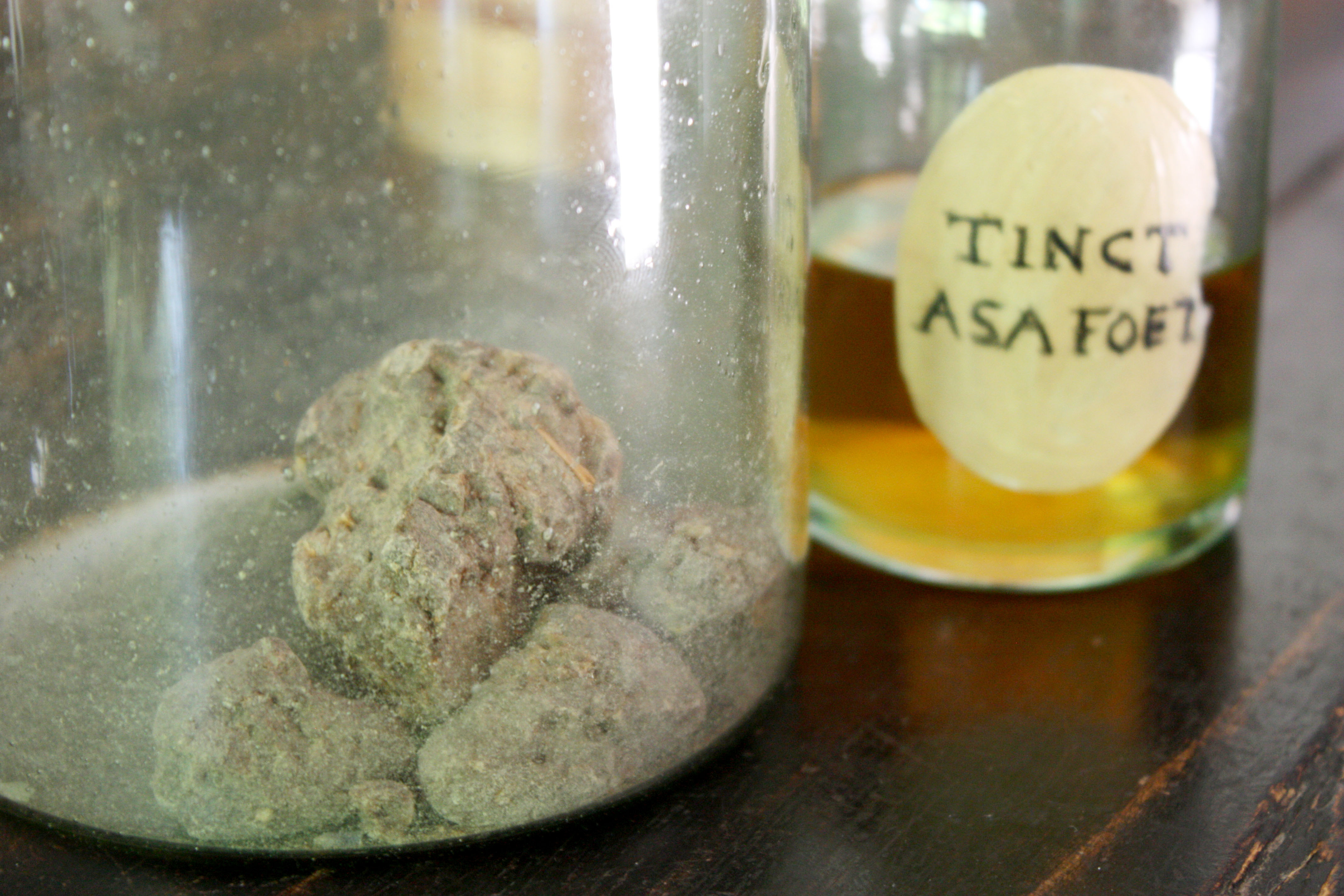|
Dal Dhokli
Daal dhokli ( gu, દાળ ઢોકળી) is an Indian dish common in Rajasthani and Gujarati cuisine, made by boiling wheat flour pieces in a pigeon pea stew. A similar preparation is called varanfal ( mr, वरण फळ), or chakolyaa () in Marathi. Preparation Daal dhokli can be made with various types of lentils (or daal). Some commonly used daals include toor (pigeon peas), masoor (red lentil), and moong (mung bean). The daal is then pressure-cooked with water and tempered with spices to create a stew. The dhokli, or wheat flour pieces, are made by kneading a dough of wheat flour, salt, and water, rolling it, and cutting into pieces. Some variations add peanuts. Other flavors in the dish can come from kokum, jaggery, and spices like cumin Cumin ( or , or Article title ) (''Cuminum cyminum'') is a |
Indian Cuisine
Indian cuisine consists of a variety of regional and traditional cuisines native to India. Given the diversity in soil, climate, culture, ethnic groups, and occupations, these cuisines vary substantially and use locally available spices, herbs, vegetables, and fruits. Indian food is also heavily influenced by religion, in particular Hinduism and Islam, cultural choices and traditions. Historical events such as invasions, trade relations, and colonialism have played a role in introducing certain foods to this country. The Columbian discovery of the New World brought a number of new vegetables and fruit to India. A number of these such as potatoes, tomatoes, chillies, peanuts, and guava have become staples in many regions of India. Indian cuisine has shaped the history of international relations; the spice trade between India and Europe was the primary catalyst for Europe's Age of Discovery. Spices were bought from India and traded around Europe and Asia. Indian ... [...More Info...] [...Related Items...] OR: [Wikipedia] [Google] [Baidu] |
Rajasthani Cuisine
Rajasthani cuisine ( hi, राजस्थानी व्यञ्जन) is the cuisine of the rugged Rajasthan region in North West India. It was influenced by both the warlike lifestyles of its inhabitants and the availability of ingredients in an arid region.Krishna Gopal Dubey, The Indian Cuisine, PHI Learning Pvt. Ltd., pp.193 Food that could last for several days and could be eaten without heating was preferred. Scarcity of water and fresh green vegetables have all had their effect on the cooking. It is also known for its snacks like Bikaneri bhujia, Mirchi bada and Pyaaj kachori. Other famous dishes include ''Dal Baati'', ''malaidar special lassi'' (lassi) and ''Lashun ki chutney'' (hot garlic paste), ''Mawa lassi'' from Jodhpur, Alwar ka mawa, ''Malpauas'' from Pushkar and rasgulla from Bikaner, "paniya"and "gheriya" from Mewar. Originating for the Marwar region of the state is the concept Marwari Bhojnalaya, or vegetarian restaurants, today found in many parts of ... [...More Info...] [...Related Items...] OR: [Wikipedia] [Google] [Baidu] |
Gujarati Cuisine
Gujarati cuisine is the cuisine of the Indian state of Gujarat. The typical '' Gujarati thali'' consists of '' rotli'', '' dal'' or ''curry'', rice, and ''shaak'' (a dish made up of several different combinations of vegetables and spices, which may be either spicy or sweet). The ''thali'' will also include preparations made from pulses or whole beans (called kathor in Gujarati) such as moong, black eyed beans etc., a snack item (''farsaan'') like dhokla, pathra, samosa, fafda, etc. and a sweet (''mishthaan'') like mohanthal, jalebi, doodh pak etc. Gujarati cuisine varies widely in flavour and heat, depending on a family's tastes as well as the region of Gujarat to which they belong. North Gujarat, Kathiawad, Kachchh, Central Gujarat and South Gujarat are the five major regions of Gujarat that contribute their unique touch to Gujarati cuisine. Many Gujarati dishes are distinctively sweet, salty, and spicy simultaneously. Despite easy access to plentiful seafood, Gujarat is prim ... [...More Info...] [...Related Items...] OR: [Wikipedia] [Google] [Baidu] |
Varanfal
Varan Fala (or Varan Phala), is a traditional Maharashtrian recipe made up of pieces of wheat flour dough cooked with boiled, mashed, & tempered Toor dal. It is often served with Ghee Ghee is a type of clarified butter, originating from India. It is commonly used in India for cooking, as a traditional medicine, and for religious rituals. Description Ghee is typically prepared by simmering butter, which is churned from c ... (Clarified butter) and chopped fresh Coriander leaves. It may be eaten by sprinkling some fresh Lime juice over it or with Dahi (Curd). It is similar to Daal Dhokali in Gujarati and Rajasthani Cuisine. Maharashtrian cuisine {{india-cuisine-stub ... [...More Info...] [...Related Items...] OR: [Wikipedia] [Google] [Baidu] |
Marathi Language
Marathi (; ''Marāṭhī'', ) is an Indo-Aryan languages, Indo-Aryan language predominantly spoken by Marathi people in the Indian state of Maharashtra. It is the official language of Maharashtra, and additional official language in the state of Goa. It is one of the 22 scheduled languages of India, with 83 million speakers as of 2011. Marathi ranks 11th in the List of languages by number of native speakers, list of languages with most native speakers in the world. Marathi has the List of languages by number of native speakers in India, third largest number of native speakers in India, after Hindi Language, Hindi and Bengali language, Bengali. The language has some of the oldest literature of all modern Indian languages. The major dialects of Marathi are Standard Marathi and the Varhadi dialect. Marathi distinguishes Clusivity, inclusive and exclusive forms of 'we' and possesses a three-way Grammatical gender, gender system, that features the neuter in addition to the masculine ... [...More Info...] [...Related Items...] OR: [Wikipedia] [Google] [Baidu] |
Jaggery
Jaggery is a traditional non-centrifugal cane sugar consumed in the Indian Subcontinent, Southeast Asia, and Africa. It is a concentrated product of cane juice and often date or palm sap without separation of the molasses and crystals, and can vary from golden brown to dark brown in colour. It contains up to 50% sucrose, up to 20% invert sugars, and up to 20% moisture, with the remainder made up of other insoluble matter, such as wood ash, proteins, and bagasse fibres. Jaggery is very similar to muscovado, an important sweetener in Portuguese, British and French cuisine. The Kenyan Sukari ngutu/nguru has no fibre; it is dark and is made from sugar cane and also sometimes extracted from palm tree. Etymology Jaggery comes from Portuguese terms , , derived from Malayalam (), Kannada (), Hindi () from Sanskrit () or also in Hindi, (gur). It is a doublet of sugar. Origins and production Jaggery is made of the products of sugarcane and the toddy palm tree. The sugar made f ... [...More Info...] [...Related Items...] OR: [Wikipedia] [Google] [Baidu] |
Cumin
Cumin ( or , or Article title ) (''Cuminum cyminum'') is a in the , native to the . Its seeds – each one contained within a fruit, which is dried – are used in the |
Asafoetida
Asafoetida (; also spelled asafetida) is the dried latex ( gum oleoresin) exuded from the rhizome or tap root of several species of ''Ferula'', perennial herbs growing tall. They are part of the celery family, Umbelliferae. Asafoetida is thought to be in the same genus as silphium, a North African plant now believed to be extinct, and was used as a cheaper substitute for that historically important herb from classical antiquity. The species are native to the deserts of Iran and mountains of Afghanistan where substantial amounts are grown. Asafoetida has a pungent smell, as reflected in its name, lending it the trivial name of "stinking gum". The odor dissipates upon cooking; in cooked dishes, it delivers a smooth flavour reminiscent of leeks or other onion relatives. Asafoetida is also known colloquially as "devil's dung" in English (and similar expressions in many other languages). Etymology and other names The English name is derived from ''asa'', a latinised form of Pers ... [...More Info...] [...Related Items...] OR: [Wikipedia] [Google] [Baidu] |






